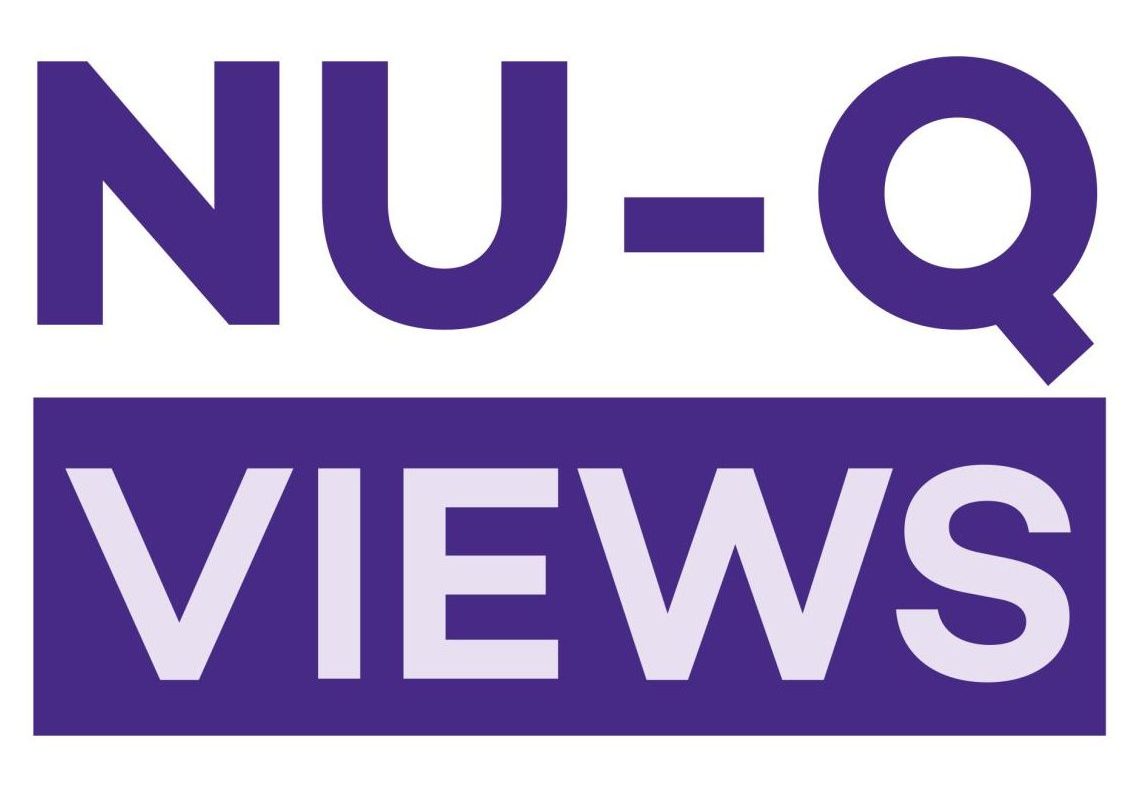Amid the constant stream of Instagram Reels and TikTok videos and an audience scrolling aimlessly for hours, media professionals need to find creative ways to capture meaningful stories.
Northwestern University in Qatar (NU-Q) explored this issue by hosting a series of events featuring Pulitzer-winning photojournalists Pablo Albarenga and Lexi Parra. Their visit, part of the university’s ongoing collaboration with the Pulitzer Center, included a three-day workshop, a talk on their photojournalism experiences, and the Pulitzer Reporting Fellowship Info Session. These events provided students with invaluable insights into the world of photojournalism and storytelling.
Albarenga is a Uruguayan documentary photographer focused on social and environmental justice. Based in São Paulo, Brazil, he uses visual storytelling to highlight human rights and climate change. Parra is a Venezuelan-American photographer and educator who features youth culture, migration, and perseverance through her community-driven stories.
At one of their events, “From the Ground: Stories of Resistance,” they shared their compelling experiences covering stories about Indigenous young defenders who are fighting against environmental destruction in the Amazon.
Upon seeing the photos from this story, Talyta França, a journalism student at NU-Q from Brazil, shared how deeply they inspired her. She was particularly moved by the diptych presentation, which juxtaposed the stories of people in the Amazon with images of their land, illustrating how they are inherently intertwined.
“Usually, when we see pictures we see stories of people but we need to know how to connect them to their community and land,” França said.
Albarenga and Parra also discussed the efforts of Yanomami women in Brazil to oppose illegal mining and deforestation, as well as the challenges faced by a Venezuelan neighborhood grappling with gang violence. Their narratives provided a powerful glimpse into the lives of those standing up against adversity, keeping the audience immersed throughout the entire session.
“The moments captured in some of their presented photos seemed so delicate,” said Ayesha Khan, a communications student at NU-Q. “As someone who is a photographer but not really a journalist, it was nice to see them discussing subjectivity in photojournalism and how they incorporate perspective and context into their work.”
Following their talk, Albarenga and Parra led a three-day workshop for NU-Q students, which emerged as the highlight of the week. It covered various aspects of photographic storytelling, including a photo walk in Souq Waqif, Doha, and an editing and printing session. To put their learning into practice, the students spread out across the market, initiating conversations with strangers to uncover unique stories. This hands-on experience culminated in a photojournalism exhibition, showcasing the work of 17 students who participated in the workshop and their newfound skills and creativity.
Their photos captured the lives of various shop owners and workers in Souq Waqif, bringing their daily experiences to life. From Sibha craftsmen stringing amber beads to a sword maker sewing leather handles, each story conveyed the essence of tradition and market life.
“It was a brand-new way of taking pictures, as I usually focus on the aesthetics and don’t engage in conversations with the people I photograph,” said Alexander Binay, a Communications student at NU-Q who attended the workshop. As a freelance photographer, he reflected on the workshop’s impact, noting that it taught him to incorporate storytelling elements into the visual appeal of his pictures. “However, I did not like the limited time given as it rushes our creative thinking,” Binay added.
Looking back on the workshop, Parra noted the intense engagement and dedication of the students despite the short timeframe. She praised their high standards, acknowledging the initial nerves but expressing satisfaction with the final results.
In addition to these engaging activities, The Journalism and Strategic Communication Program organized an information session on the Pulitzer Reporting Fellowship. NU-Q has been part of the center’s Campus Consortium for several years, fostering a long-standing collaboration. During the session, Libby Moeller, Program Manager and Reporting Fellow, joined via Zoom to discuss the application process, benefits, and opportunities the fellowship offers for aspiring journalists and research enthusiasts.
The first reporting fellow from NU-Q was announced in 2015. Since then, a total of 19 students have been featured as reporting fellows on the Pulitzer Center’s webpage. These students have worked on a variety of projects including, photo essays, documentary films, field reports, and other multimedia projects. Through the powerful lenses they hold as journalists and filmmakers, they have reported on diverse topics such as acid attack survivors and the informal waste disposal industry in Pakistan, Yemeni refugees in South Korea, and refugee children in Malaysia. Without visual storytelling, these critical issues would not be effectively revealed to a broader audience, leaving many important stories untold.
“I think this is a great opportunity for students to get a platform and the support they otherwise might not have,” said Iman El Moctar, a NU-Q journalism student who attended the session. “I came into the session not really having a clear idea of what Pulitzer Center wanted from their applicants, but coming out of the Q&A section, I got answers to all of my questions and it was helpful.”
The visit by Albarenga and Parra, along with the informative session by Moeller, underscored the importance of storytelling in journalism and the power of visual media to affect change. The events were well-received by the NU-Q community, leaving a lasting impression.
“It made me reflect a lot on how I want to tell the story of my own community and their needs, traditions, and everything that is important to show as a journalist,” França said.







